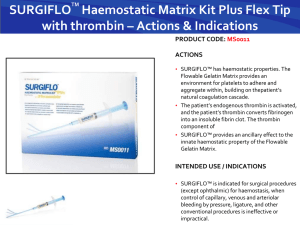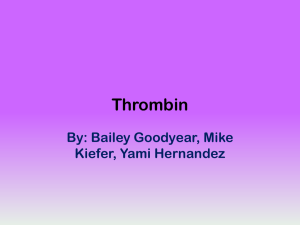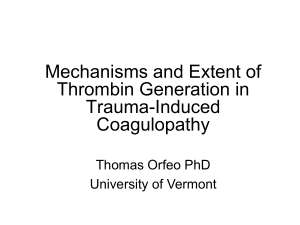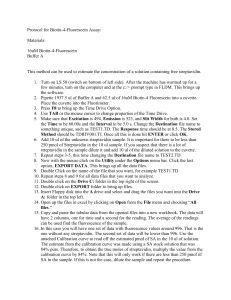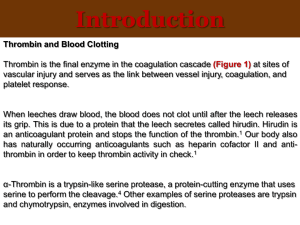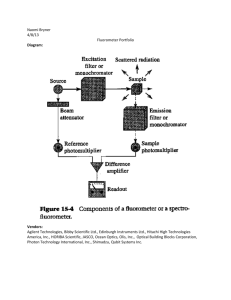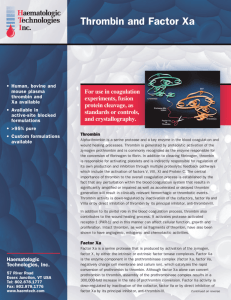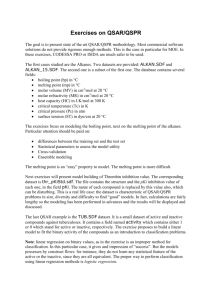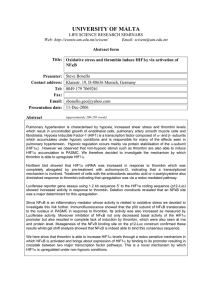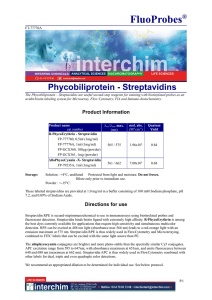Adaptamers10-21
advertisement
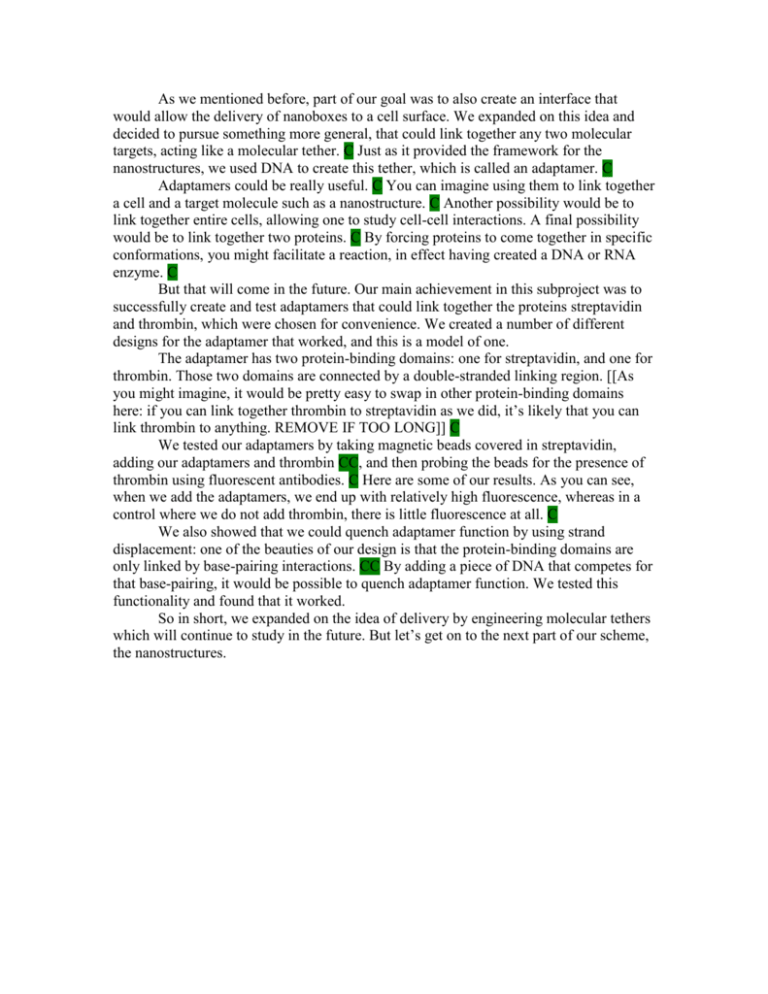
As we mentioned before, part of our goal was to also create an interface that would allow the delivery of nanoboxes to a cell surface. We expanded on this idea and decided to pursue something more general, that could link together any two molecular targets, acting like a molecular tether. C Just as it provided the framework for the nanostructures, we used DNA to create this tether, which is called an adaptamer. C Adaptamers could be really useful. C You can imagine using them to link together a cell and a target molecule such as a nanostructure. C Another possibility would be to link together entire cells, allowing one to study cell-cell interactions. A final possibility would be to link together two proteins. C By forcing proteins to come together in specific conformations, you might facilitate a reaction, in effect having created a DNA or RNA enzyme. C But that will come in the future. Our main achievement in this subproject was to successfully create and test adaptamers that could link together the proteins streptavidin and thrombin, which were chosen for convenience. We created a number of different designs for the adaptamer that worked, and this is a model of one. The adaptamer has two protein-binding domains: one for streptavidin, and one for thrombin. Those two domains are connected by a double-stranded linking region. [[As you might imagine, it would be pretty easy to swap in other protein-binding domains here: if you can link together thrombin to streptavidin as we did, it’s likely that you can link thrombin to anything. REMOVE IF TOO LONG]] C We tested our adaptamers by taking magnetic beads covered in streptavidin, adding our adaptamers and thrombin CC, and then probing the beads for the presence of thrombin using fluorescent antibodies. C Here are some of our results. As you can see, when we add the adaptamers, we end up with relatively high fluorescence, whereas in a control where we do not add thrombin, there is little fluorescence at all. C We also showed that we could quench adaptamer function by using strand displacement: one of the beauties of our design is that the protein-binding domains are only linked by base-pairing interactions. CC By adding a piece of DNA that competes for that base-pairing, it would be possible to quench adaptamer function. We tested this functionality and found that it worked. So in short, we expanded on the idea of delivery by engineering molecular tethers which will continue to study in the future. But let’s get on to the next part of our scheme, the nanostructures.
